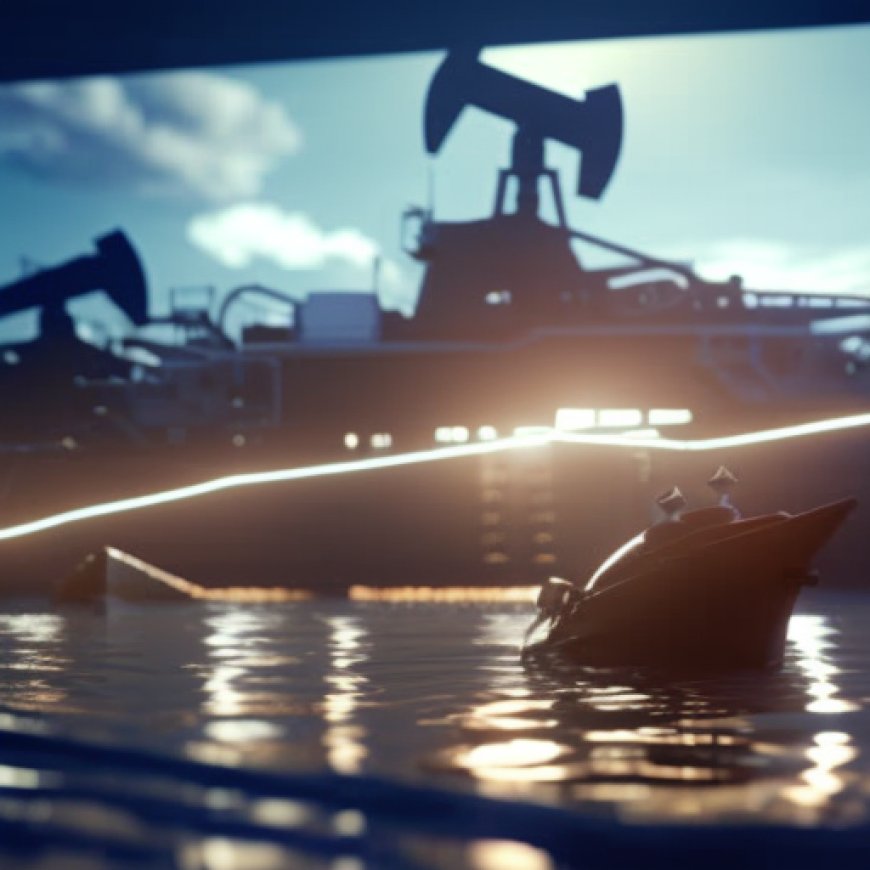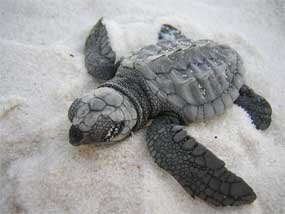Lawsuit Aims to Protect Endangered Species From Oil Drilling in Gulf of Mexico
Lawsuit Aims to Protect Endangered Species From Oil Drilling in Gulf of Mexico Center for Biological Diversity


Suit Filed Against U.S. Fish and Wildlife Service for Endangered Species Act Violations

Introduction
The Center for Biological Diversity and scientist Stuart Pimm, Ph.D., have filed a lawsuit challenging the U.S. Fish and Wildlife Service (FWS) for failing to comply with the Endangered Species Act in assessing harm to endangered and threatened species from offshore oil and gas activities.
Fundamental Flaws in Assessment
The Service’s assessment that oil and gas drilling does not threaten imperiled wildlife in the Gulf of Mexico has been undermined by fundamental flaws. The agency intentionally did not consider potential harm from climate impacts of the activity, as outlined in a 2008 federal memo, rendering the assessment incomplete.
Importance of Sustainable Development Goals (SDGs)
The federal government’s disregard for the climate crisis is alarming and contradicts the Sustainable Development Goals (SDGs). By approving more fossil fuel extraction, they are exacerbating the problem. Rising seas inundate sea turtle nests, wetland habitat disappears, and severe storms batter coastal communities. Leasing public waters for oil industry profit while ignoring the climate change caused by Gulf drilling is absurd and goes against the SDGs.
Threat to Endangered and Threatened Species
Greenhouse gas pollution poses a threat to almost every endangered and threatened species in the Gulf of Mexico. The Service’s own records indicate that birds, sea turtles, and other terrestrial wildlife within its jurisdiction are at risk from sea-level rise and climate change. However, the Service ignored the climate impacts of drilling due to the federal memo on disregarding greenhouse gas emissions.
Scientific Evidence
Stuart Pimm, Ph.D., Doris Duke professor of conservation ecology at Duke University, states that incontrovertible scientific evidence points to massive changes in species on land and in the oceans due to the harmful disruption of the climate caused by activities approved by the Fish and Wildlife Service.
Endangered Species Harmed
Federally protected Gulf species harmed by offshore drilling include manatees, six sea turtle species, four beach mice species, and nine bird species. The Service is required under the Endangered Species Act to complete a consultation with the Bureau of Ocean Energy Management and Bureau of Safety and Environmental Enforcement on oil and gas operations that could harm these species.
Impact of Oil and Gas Activities
The federal oil and gas activities analyzed in the assessment are among the nation’s largest current and future sources of greenhouse gas emissions. It is predicted that between now and 2030, approximately 84 million gallons of oil per day, or 29.4 billion gallons per year, will be extracted from the Gulf of Mexico, emitting over 320 million tons of greenhouse gases annually.
Call to Reverse the Practice
The 2008 memo issued by the George W. Bush administration instructing the federal government to ignore the impact of greenhouse gas emissions when assessing harm for endangered species has been challenged by the Center twice. They have asked the Department of the Interior to reverse this practice.
Responsibility to Protect Species
The fossil fuels extracted from Gulf drilling will contribute to further warming of the planet and sea-level rise. This will result in the inundation of sea turtle nests and the transformation of dunes for beach mice into isolated islands. The government has a responsibility to protect these species, and officials are failing in their duty.
Ignored Harms from Oil Spills
The Service also ignored the harms that would result from a major oil spill. Although the analysis acknowledged that a spill greater than 420,000 gallons is likely to occur in the next 40 years, the agency claims that no endangered species will be harmed. However, the Deepwater Horizon spill in 2010 released over 200 million gallons of oil into the Gulf, causing harm or death to tens of thousands of animals.
SDGs, Targets, and Indicators
1. Which SDGs are addressed or connected to the issues highlighted in the article?
- SDG 13: Climate Action
- SDG 14: Life Below Water
- SDG 15: Life on Land
2. What specific targets under those SDGs can be identified based on the article’s content?
- SDG 13.1: Strengthen resilience and adaptive capacity to climate-related hazards and natural disasters
- SDG 14.1: By 2025, prevent and significantly reduce marine pollution of all kinds, particularly from land-based activities, including marine debris and nutrient pollution
- SDG 14.2: By 2020, sustainably manage and protect marine and coastal ecosystems to avoid significant adverse impacts, including by strengthening their resilience, and take action for their restoration in order to achieve healthy and productive oceans
- SDG 15.5: Take urgent and significant action to reduce the degradation of natural habitats, halt the loss of biodiversity, and protect and prevent the extinction of threatened species
3. Are there any indicators mentioned or implied in the article that can be used to measure progress towards the identified targets?
The article does not explicitly mention specific indicators, but it implies the following indicators:
- Indicator for SDG 13.1: Number of endangered and threatened species affected by climate-related hazards and natural disasters
- Indicator for SDG 14.1: Amount of marine pollution from offshore oil and gas activities
- Indicator for SDG 14.2: Area of marine and coastal ecosystems impacted by offshore oil and gas activities
- Indicator for SDG 15.5: Number of endangered and threatened species affected by habitat degradation and loss due to offshore oil and gas activities
4. Table: SDGs, Targets, and Indicators
| SDGs | Targets | Indicators |
|---|---|---|
| SDG 13: Climate Action | 13.1: Strengthen resilience and adaptive capacity to climate-related hazards and natural disasters | Number of endangered and threatened species affected by climate-related hazards and natural disasters |
| SDG 14: Life Below Water | 14.1: By 2025, prevent and significantly reduce marine pollution of all kinds, particularly from land-based activities, including marine debris and nutrient pollution | Amount of marine pollution from offshore oil and gas activities |
| 14.2: By 2020, sustainably manage and protect marine and coastal ecosystems to avoid significant adverse impacts, including by strengthening their resilience, and take action for their restoration in order to achieve healthy and productive oceans | Area of marine and coastal ecosystems impacted by offshore oil and gas activities | |
| SDG 15: Life on Land | 15.5: Take urgent and significant action to reduce the degradation of natural habitats, halt the loss of biodiversity, and protect and prevent the extinction of threatened species | Number of endangered and threatened species affected by habitat degradation and loss due to offshore oil and gas activities |
Behold! This splendid article springs forth from the wellspring of knowledge, shaped by a wondrous proprietary AI technology that delved into a vast ocean of data, illuminating the path towards the Sustainable Development Goals. Remember that all rights are reserved by SDG Investors LLC, empowering us to champion progress together.
Source: biologicaldiversity.org

Join us, as fellow seekers of change, on a transformative journey at https://sdgtalks.ai/welcome, where you can become a member and actively contribute to shaping a brighter future.







